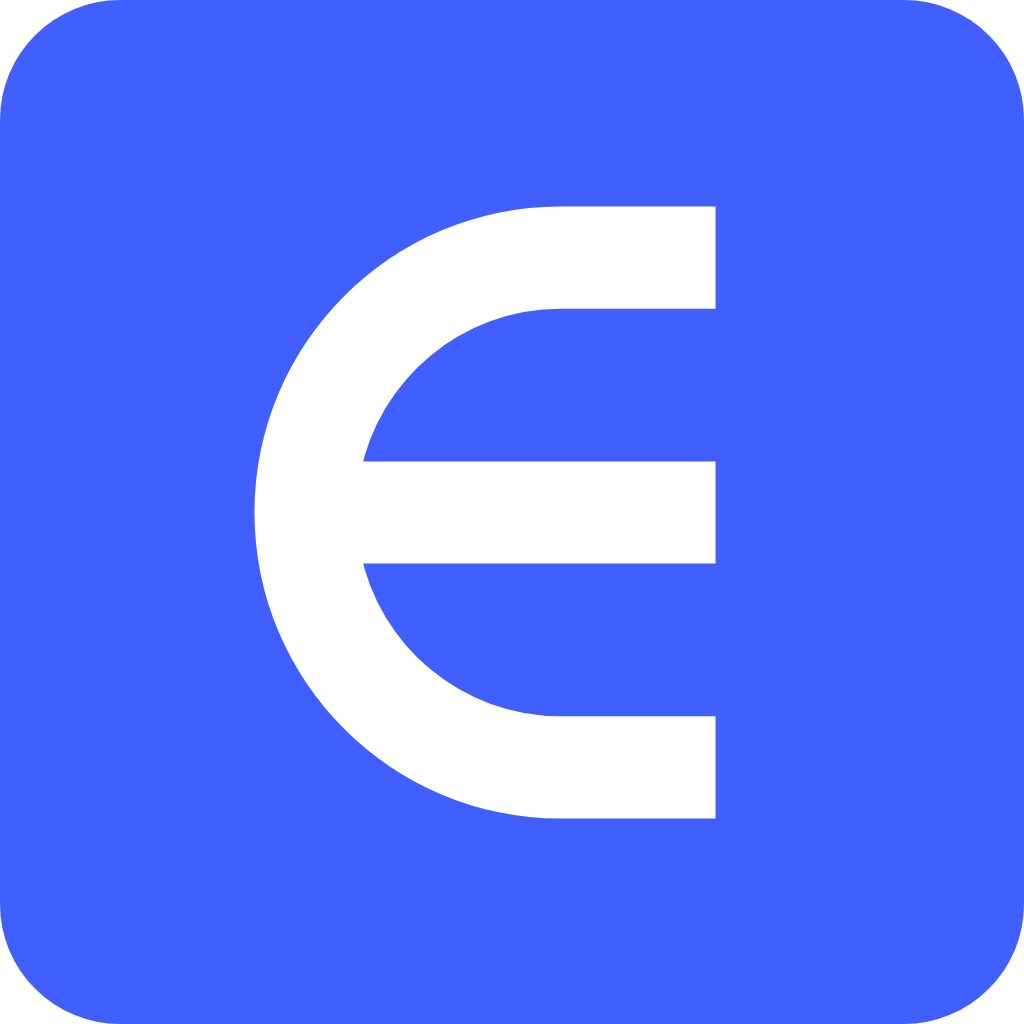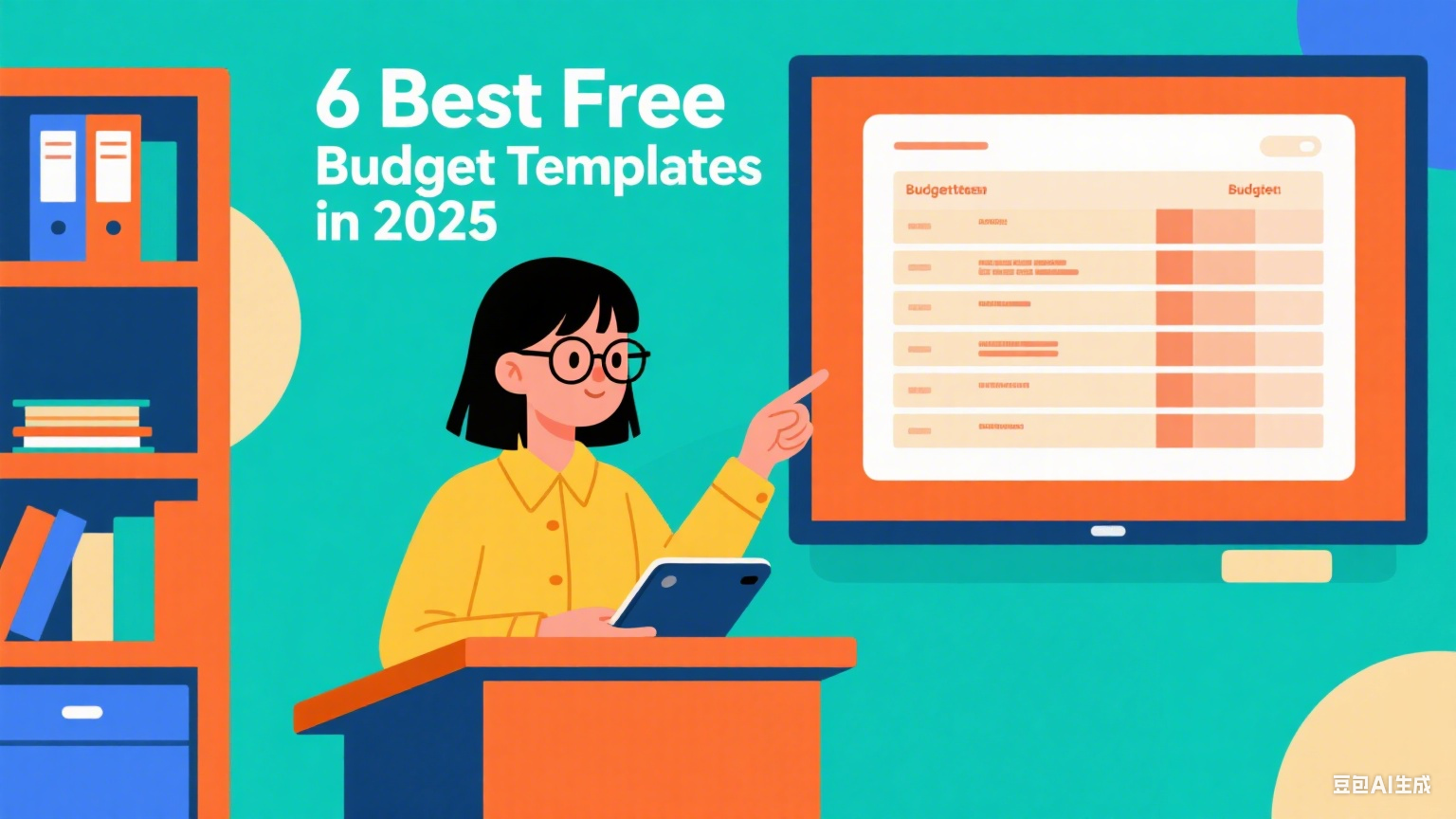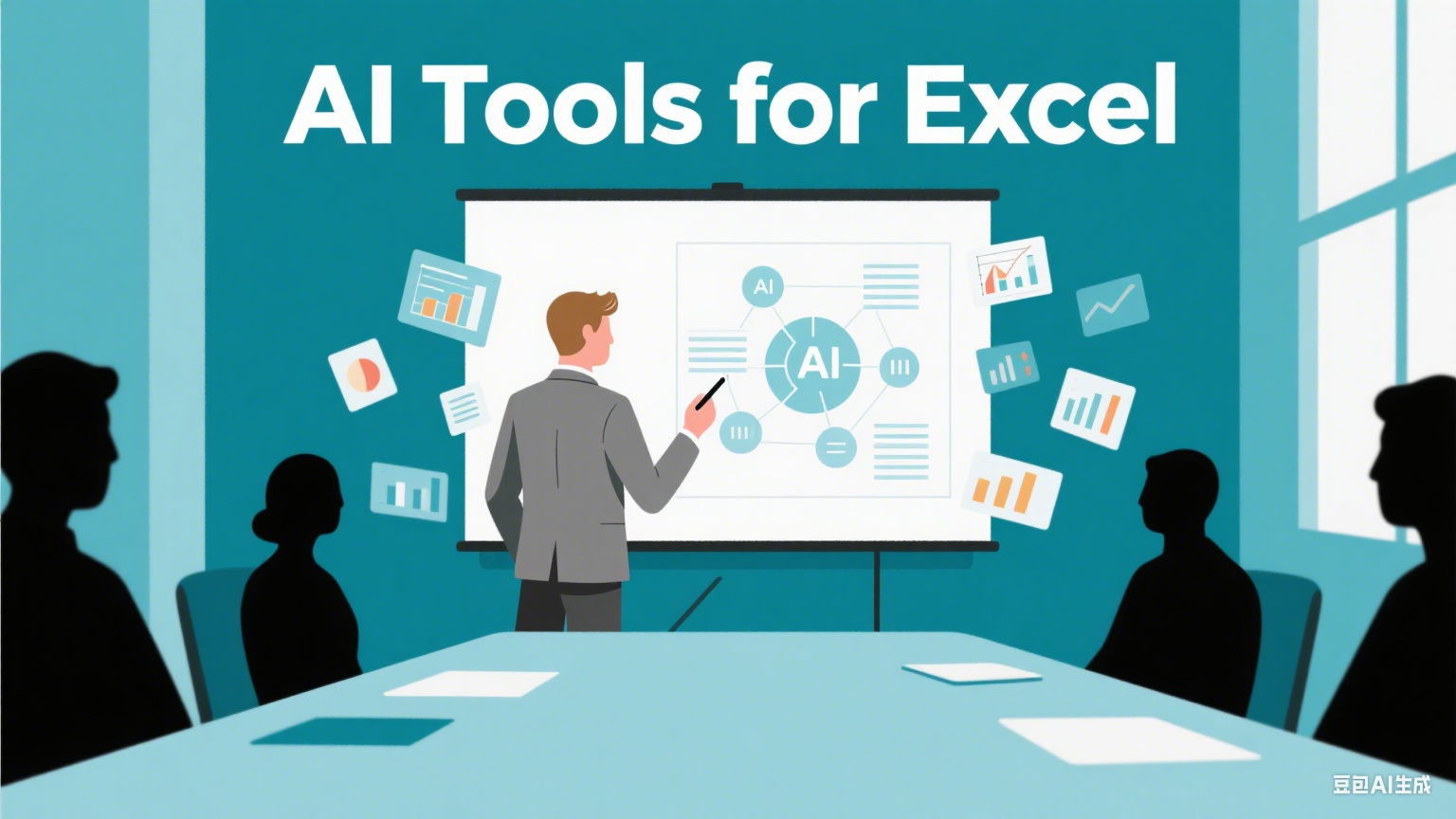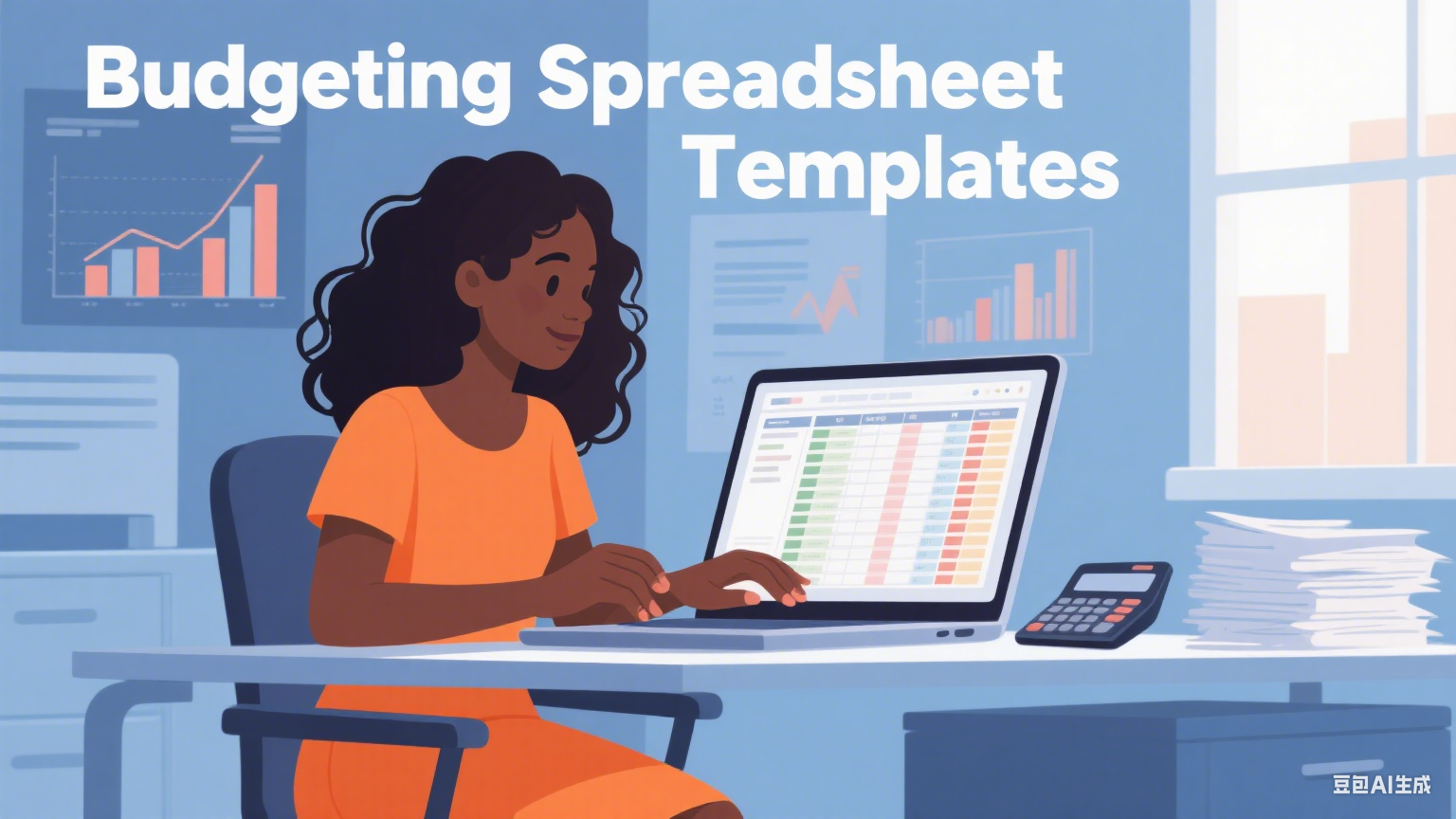As a User Growth Manager at Excelmatic, I've seen firsthand how financial tracking tools evolve—from static spreadsheets to AI-powered analytics. While free Excel templates remain valuable starting points, modern businesses need smarter solutions. Let me guide you through both worlds: essential budgeting templates and how Excelmatic elevates them with automation.
Why Budget Templates Matter (And Where They Fall Short)
Traditional Excel budget planners offer structured frameworks for tracking income, expenses, and savings—but they require manual updates and lack real-time insights. That's where AI-enhanced tools like Excelmatic shine, automatically transforming raw data into interactive dashboards.
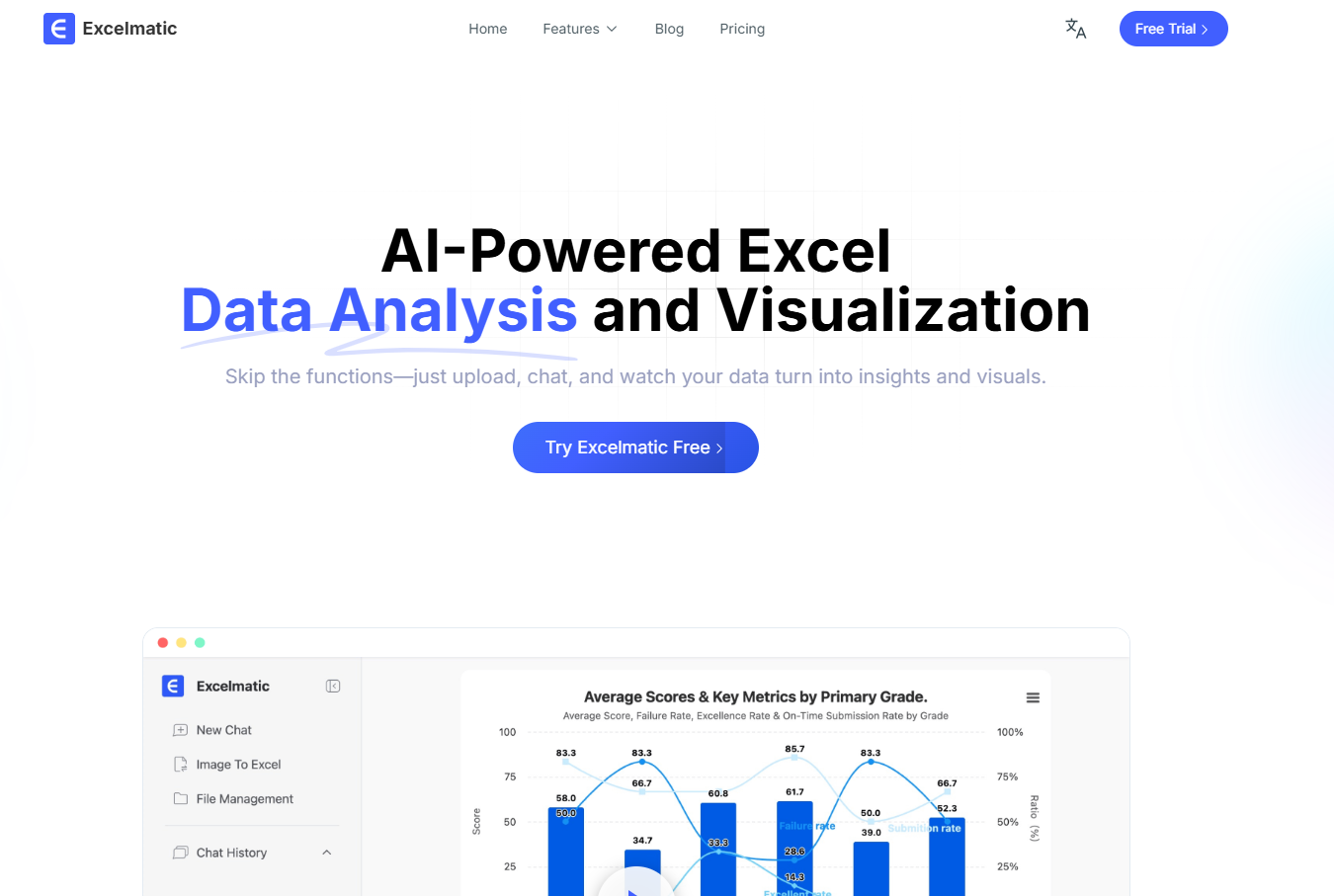
But first, let’s explore 10 free templates that cover core budgeting needs:
1. Excelmatic Smart Budget Dashboard (Beyond Basic Templates)
Why settle for static spreadsheets? Excelmatic’s AI-powered template automatically:
- Categorizes transactions from linked accounts
- Predicts cash flow trends using historical data
- Generates visual reports with actionable insights
Pro Tip: Upload any existing Excel budget to Excelmatic—our AI will enhance it with predictive analytics and automation.
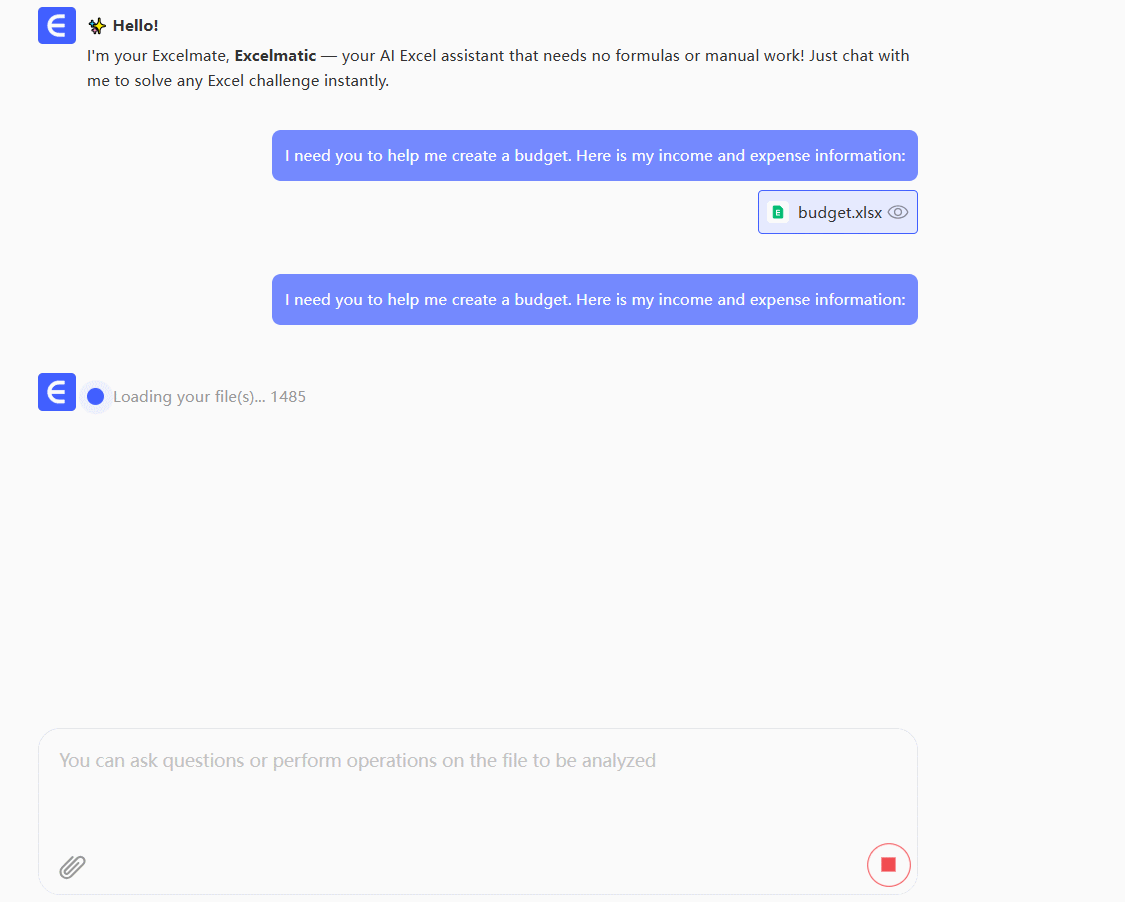
2. Monthly Budget Planner
Best for: Beginners needing simplicity
How to use:
- Input income sources
- List fixed/variable expenses
- Let the template calculate balances
Limitation: Requires manual entry. Excelmatic syncs live data from banks/APIs.
3. Annual Budget Spreadsheet
Best for: Long-term planning
Key feature: Projects yearly trends
Upgrade: Excelmatic compares actual vs. projected spending with AI-driven variance alerts.
4. Family Budget Planner
Best for: Households managing multiple income streams
Template includes: Childcare, education funds, and shared expense tracking
Smarter alternative: Excelmatic’s collaboration features allow family members to update expenses via mobile.
5. Debt Reduction Planner
Best for: Tackling loans/credit cards
Methodology: Snowball or avalanche approach
Next-level: Excelmatic’s debt optimizer suggests payment strategies based on interest rates and cash flow.
6. Savings Goal Tracker
Best for: Targeted saving (e.g., vacations, emergencies)
Visual aid: Progress bars toward goals
AI enhancement: Excelmatic adjusts savings recommendations based on income changes.
7. Weekly Expense Tracker
Best for: Controlling discretionary spending
Process: Log daily purchases by category
Automation win: Excelmatic categorizes expenses via OCR receipt scanning.
8. Business Budget Template
Best for: Freelancers/SMBs
Includes: Profit/loss projections
Business-ready: Excelmatic integrates with QuickBooks/Xero for real-time P&L dashboards.
9. Event Budget Planner
Best for: Weddings, conferences
Features: Vendor cost comparisons
AI assist: Excelmatic analyzes historical event data to suggest cost-saving opportunities.
10. Zero-Based Budget Template
Best for: Every-dollar allocation
Philosophy: Income minus expenses equals zero
Dynamic version: Excelmatic rebalances allocations when unexpected costs arise.
From Static Sheets to Smart Analytics
While these templates provide structure, they share three critical gaps:
- Manual work: Endless data entry
- Static analysis: No predictive insights
- Siloed data: Disconnected from live sources
Excelmatic solves this by:
✅ Automating data sync from banks, invoices, and receipts
✅ Generating forecasts using machine learning
✅ Collaborating in real-time with stakeholders
Your Next Steps
- Start simple: Download a free template that matches your goal
- Scale smarter: Import it into Excelmatic to unlock AI enhancements
- Automate fully: Connect financial accounts for hands-off tracking
Budgeting should empower you—not drain your time. Whether you choose a classic template or embrace AI-powered tools like Excelmatic, the key is consistency. Ready to transform your financial workflow? Try Excelmatic’s budget automation free for 14 days.
Pro Tip: Bookmark this page—we update it quarterly with new template recommendations and Excelmatic features!
